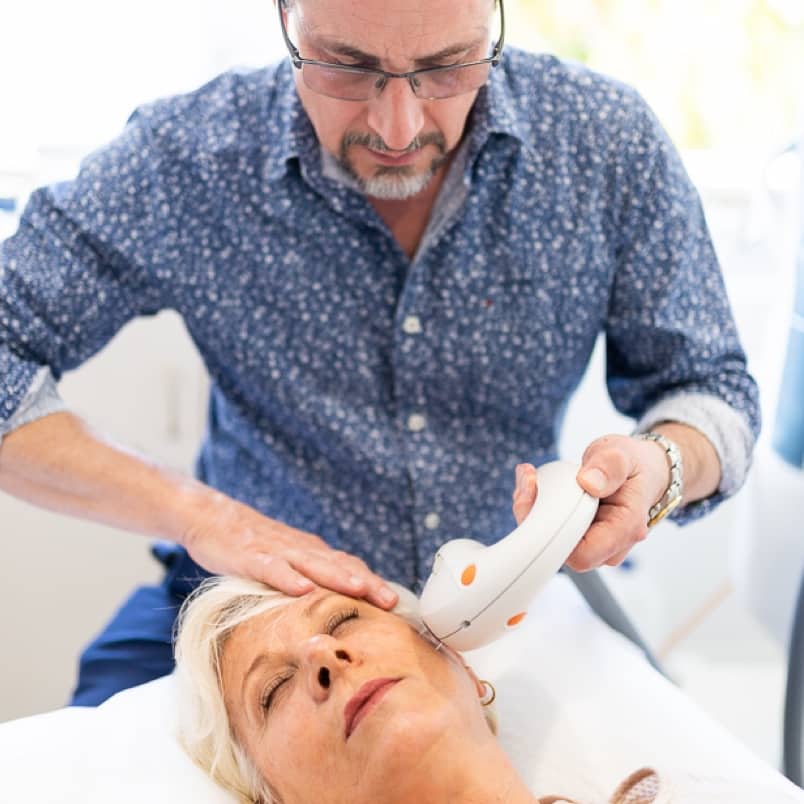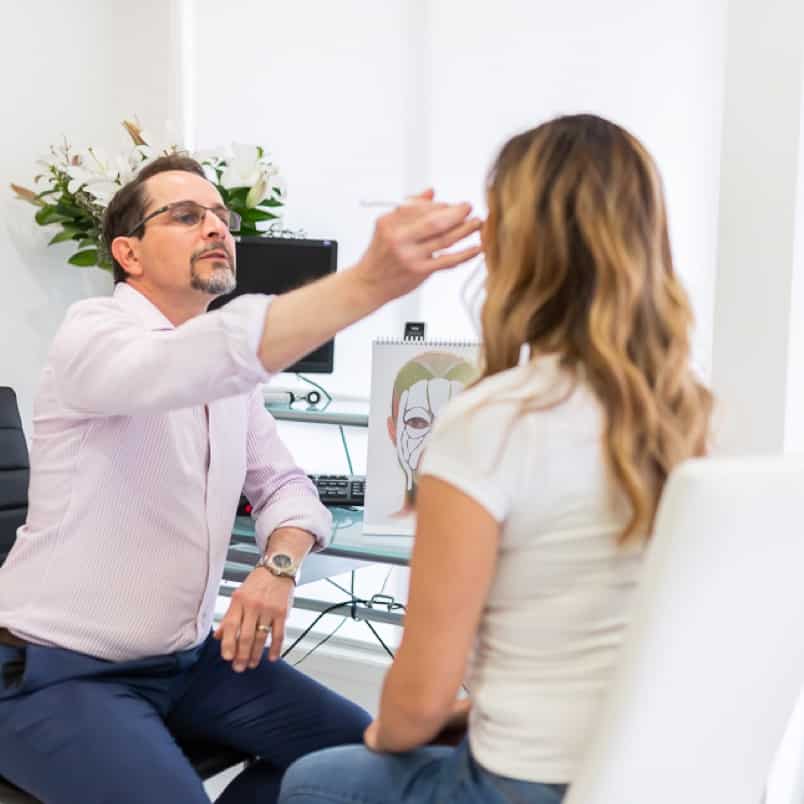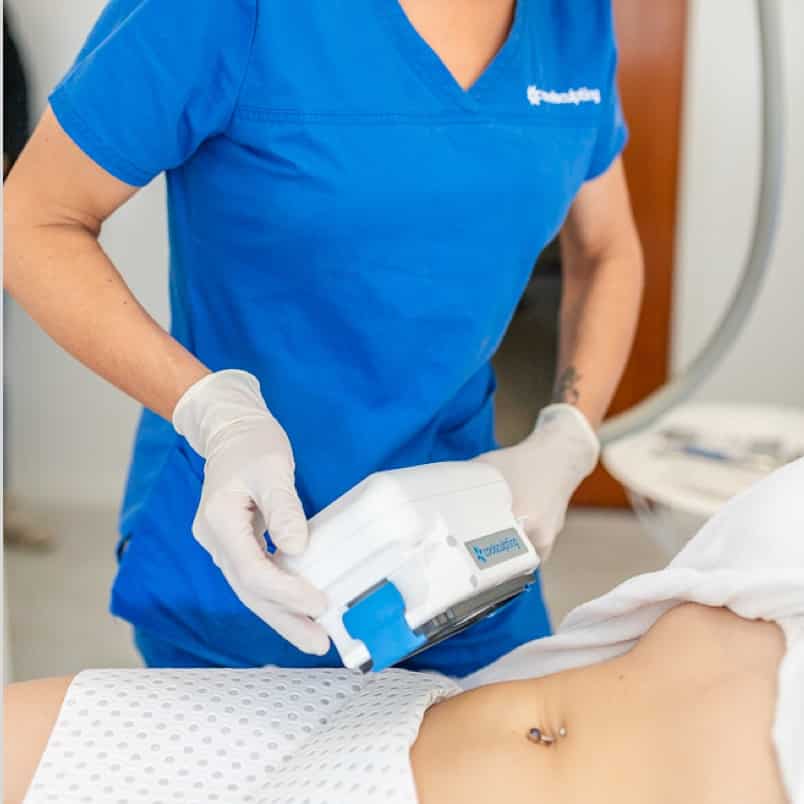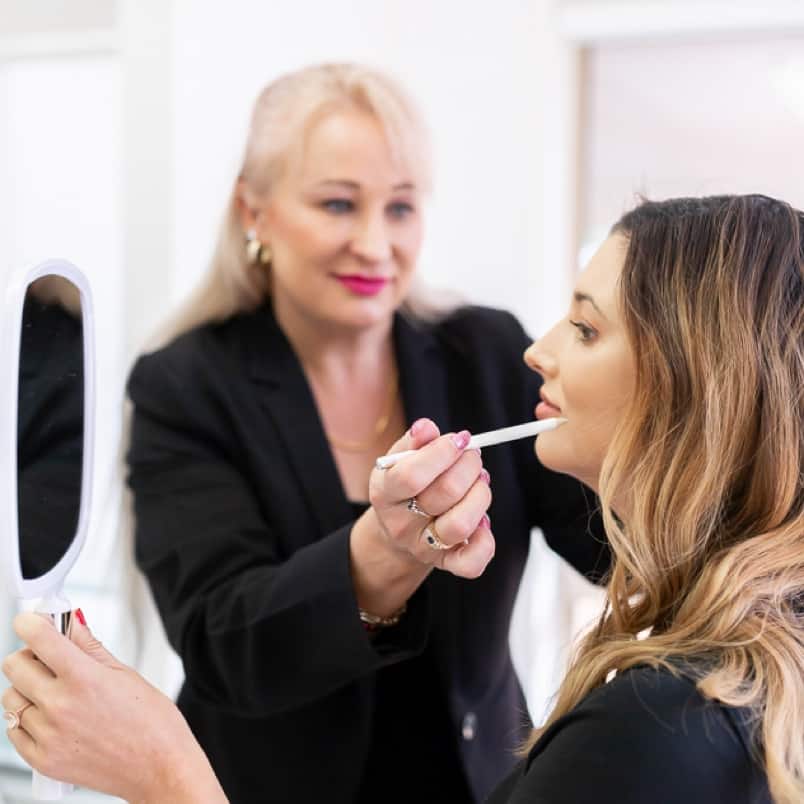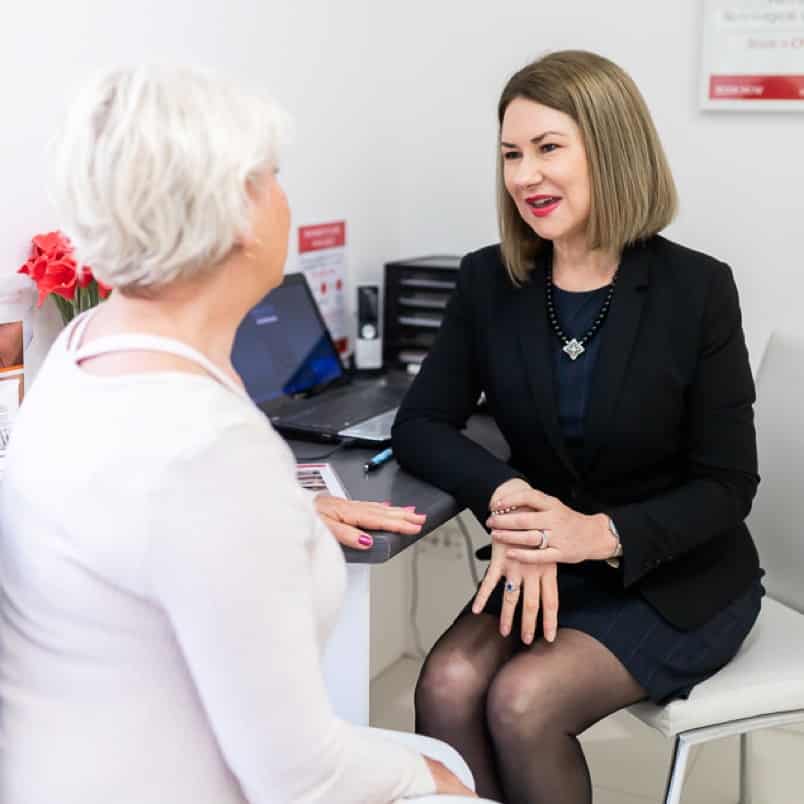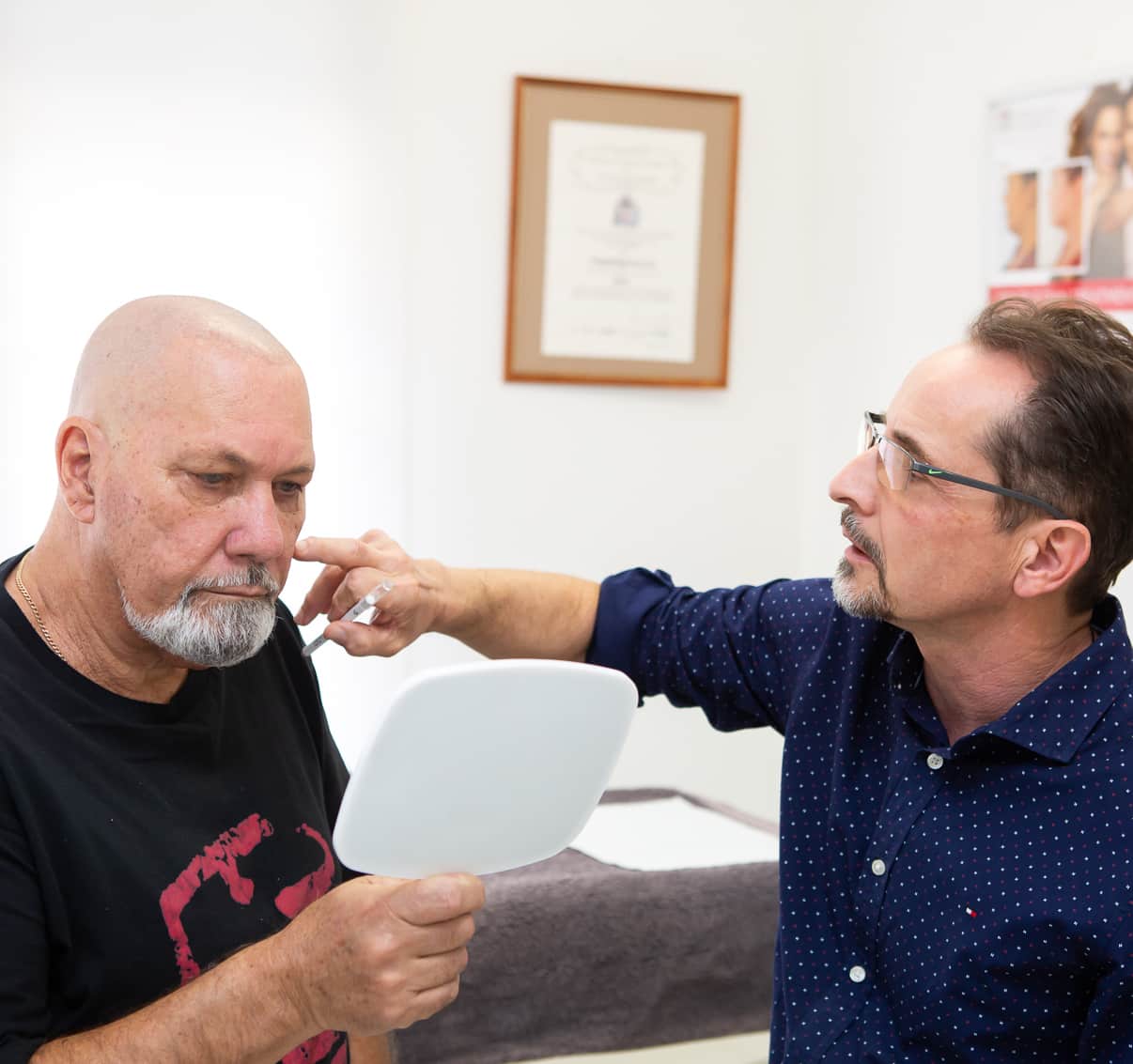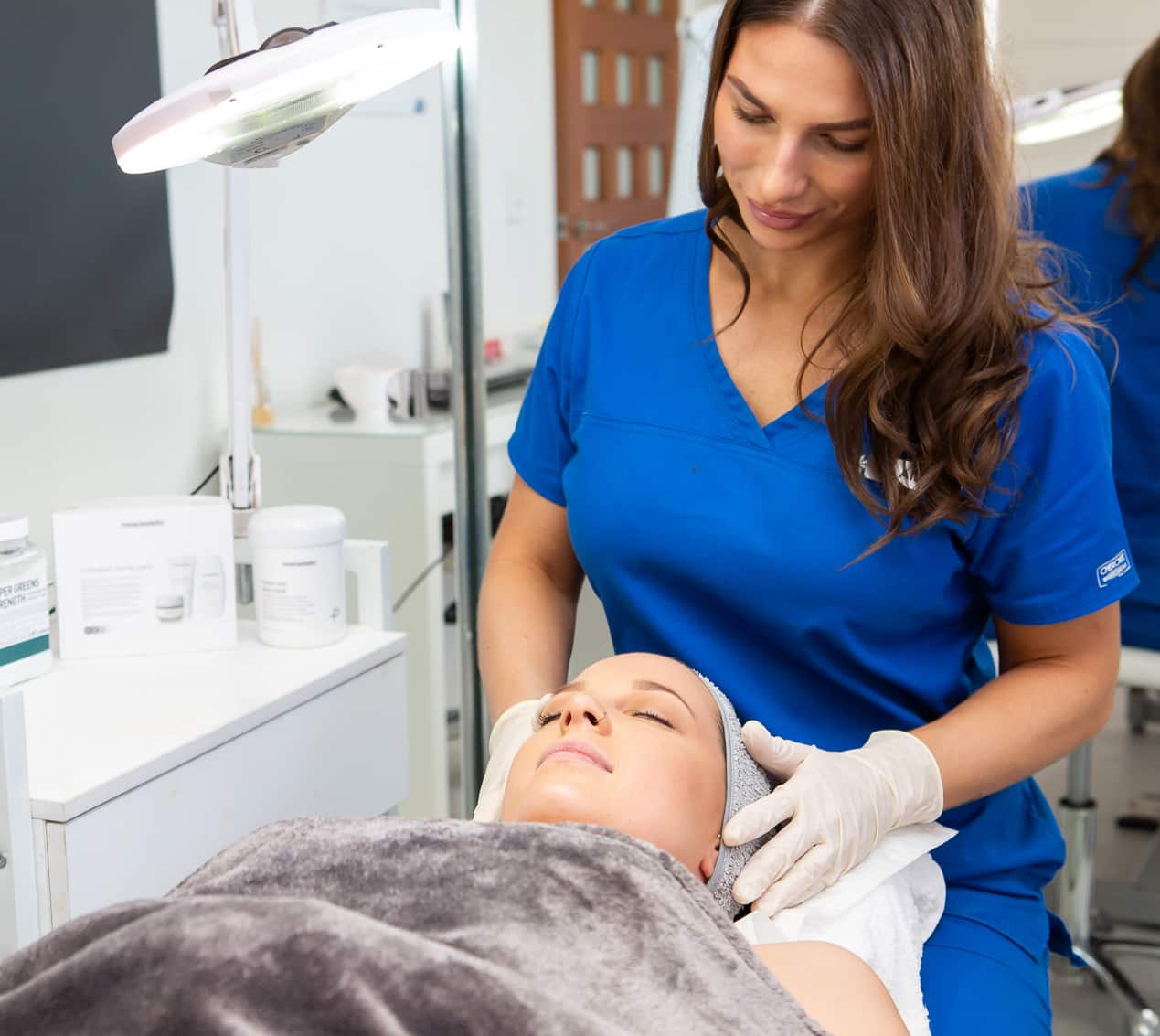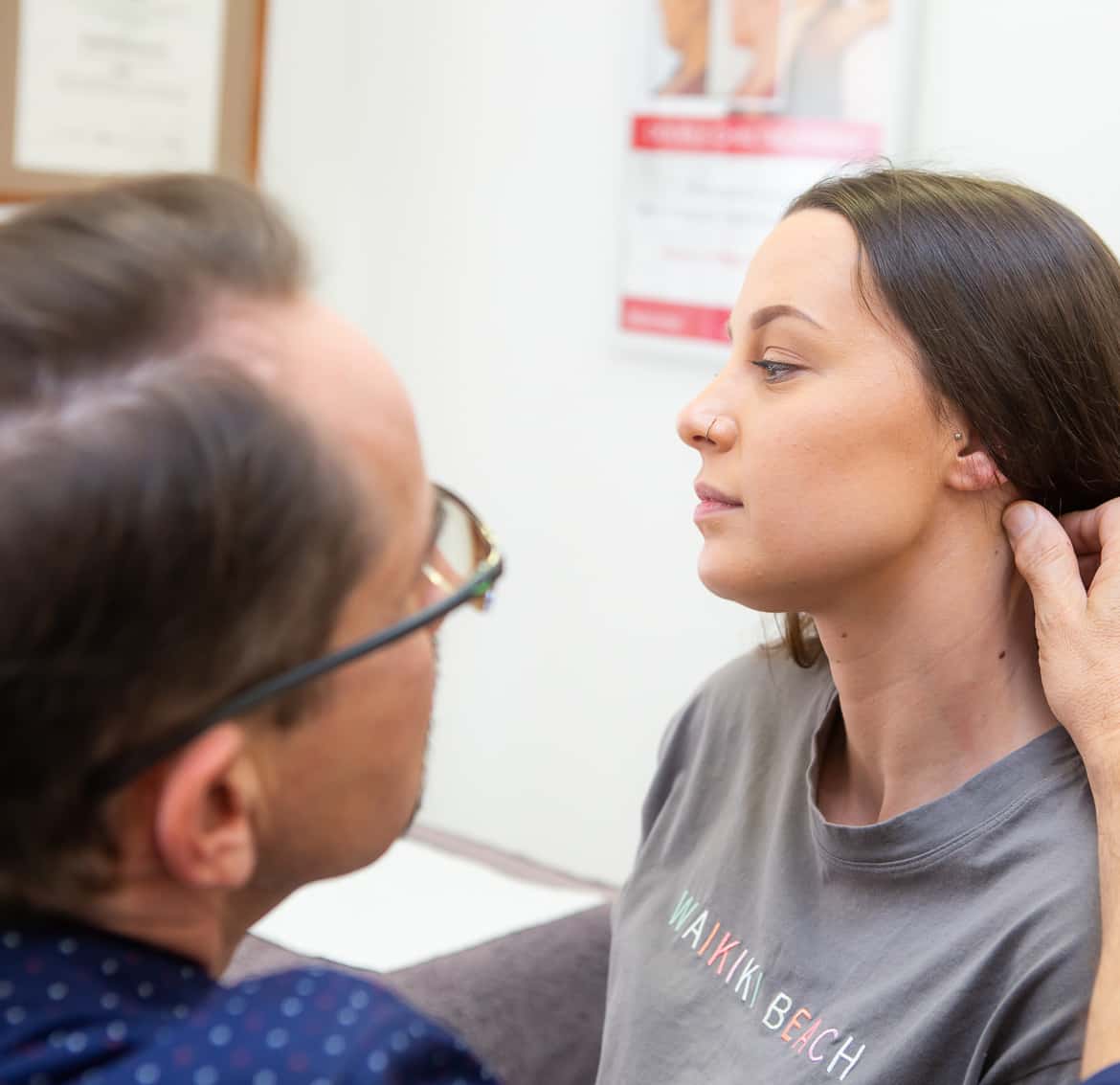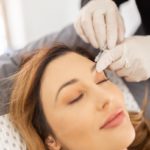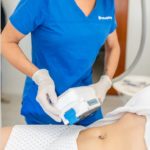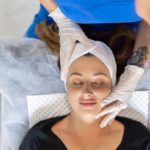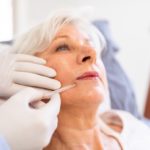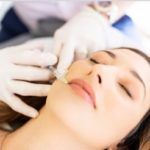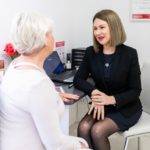We have been very fortunate in Queensland, but even so lockdown has created its toll on many of us one way or another and for some people unwanted weight gain during the pandemic has become a serious issue.
The news headlines are calling it “lockdown pounds”, “Quarantine 19” kilos and the “stay-at-home weight gain” pandemic.
While some of couldn’t get access to gyms, stocked up the pantry with comfort foods and treated our self to more treats and drinks than usual to combat the extras stress and pressure, it’s no wonder as a society we put on a few extra kilos.
Weight gain is a normal physiological reaction to stress.
Our bodies release cortisol, the “fight or flight” hormone, during times of stress and cortisol causes cravings for sweet foods.
Stress can cause the metabolism to slow down, and so even if we are eating the same amount as normal, we could be putting on weight because of a slower metabolism from stress.
So, now that summer is approaching, it’s the perfect time to start getting in shape and eliminating unwanted fat.
Here’s how:
1. East Fresh
Trying to cut out takeaway and fast-food options is the first step to cutting out unnecessary fat, sugars and salt.
If you have a plan, you can organise your grocery list in advance which means you’re more likely to make dinner at home rather than reach for a takeaway menu or pop down to the local fast-food restaurant.
Just taking 15 minutes every Sunday to plan your dinners in advance can make a huge difference in sticking to a healthy eating plan.
2. Eat more not less and eat a variety of nutritious foods
Eating regularly and more frequently during the day actually boosts metabolism.
According to the Australian Dietary Guidelines, eating regularly and from these five groups of foods, every day can help reduce weight gain.
• Plenty of vegetables, including different types and colours, and legumes/beans
• Fruit
• Grain (cereal) foods, mostly wholegrain and/or high cereal fibre varieties, such as bread, cereals, rice, pasta, noodles, polenta, couscous, oats, quinoa and barley
• Lean meats and poultry, fish, eggs, tofu, nuts and seeds, and legumes/beans
• Milk, yoghurt, cheese and/or their alternatives, mostly reduced fat (reduced fat milks are not suitable for children under two years)
And drink plenty of water.
3. Schedule regular exercise
If social distancing or lockdown has closed your regular gym to close or altered your normal workout sessions and classes, try other online workouts that you can do at home.
Or go outside for walks, runs and hikes where possible.
Regular exercise in any form is useful not only for weight loss but also mental health, mood, joint pain and blood circulation.
4. Get a good night’s sleep
There is lots of evidence that people who don’t get a good night sleep are more likely to be overweight than those who sleep well.
What is deemed the right amount of sleep varies between individuals, but generally, most people need seven to nine hours of sleep to function at their best.
5. Manage stress
Stress can build up quickly if we’re not noticing it and can have a negative impact on the body.
Stress can cause all kinds of imbalance in the body and can present with problems to the skin, weight gain, digestive issues and more.
Start developing a routine with daily mindful practices each day that works for your lifestyle.
It could be making regular times for meditation, yoga, long walks, or listening to a calming App.
Find what works for you and incorporate it into your regular daily routine.
6. Consider a clinical fat removal option
If you’re already incorporating these tips above into your lifestyle and still finding it hard to move stubborn areas of fat, considering a treatment like CoolSculpting or lipolysis could be your answer.
These treatments are not weight loss methods, but a way to “body sculpt” or reduce or remove stubborn pockets or areas of fat.
CoolSculpting is the treatment of freezing fat cells which then die off and are released naturally from the body.
CoolSculpting treatment utilises controlled cooling technology to target and crystallise fat cells.
These crystallised fat cells gradually die and are naturally eliminated from the body.
In a few weeks or months following the treatment, the remaining fat cells condense, therefore reducing the stubborn layers of fat.
CoolSculpting can eliminate the need for surgery.
Generally, Coolsculpting is considered to be a safe treatment.
It does not affect blood lipids or the rest of the body in any way. Side effects are usually non-existent or temporary and minor.
Coolsculpting can be used for tummies, love handles, fat rolls, inner and outer thighs, saddlebags, armpit bulges and arms.
Lipolysis is the treatment of removing unwanted fatty areas by injection therapy.
Generally, treatments are quick and very safe, and satisfaction rates are very high (90%).
It has very mild side effects and very safe. Clinical studies have shown it does not change cholesterol levels or liver function.
Most people may need more than one treatment, but most people get the effect they desire in 2-4 treatments. Lipolysis works best for the neck and jawline.
Both Coolsculpting and Lipolysis are not answers to a complete weight-loss program. Generally, the largest area of the body that can be treated is the tummy. They both work best on smaller areas of soft fat.
If you’re not sure which treatment would be best suited to you, contact our office so we can book you into a consultation for more advice on the best possible option of fat removal treatment.
You can download a copy of this article for future reference by clicking here: Shed the Lockdown kilos for summer – top tips you can do now!
Article by Dr Christopher Leat – Medical Director Envisage Clinic Benowa
| Dr Christopher Leat – Medical Director Envisage Skin Clinic Founder and Director.Dr Christopher Leat has 33 years’ experience in Medicine and is a member of The Royal College of Physicians of London. Dr Leat has devoted the last 18 years to Cosmetic Medicine and is recognized throughout Australia as one of the most experienced doctors in the field of Cosmetic Medicine. |


